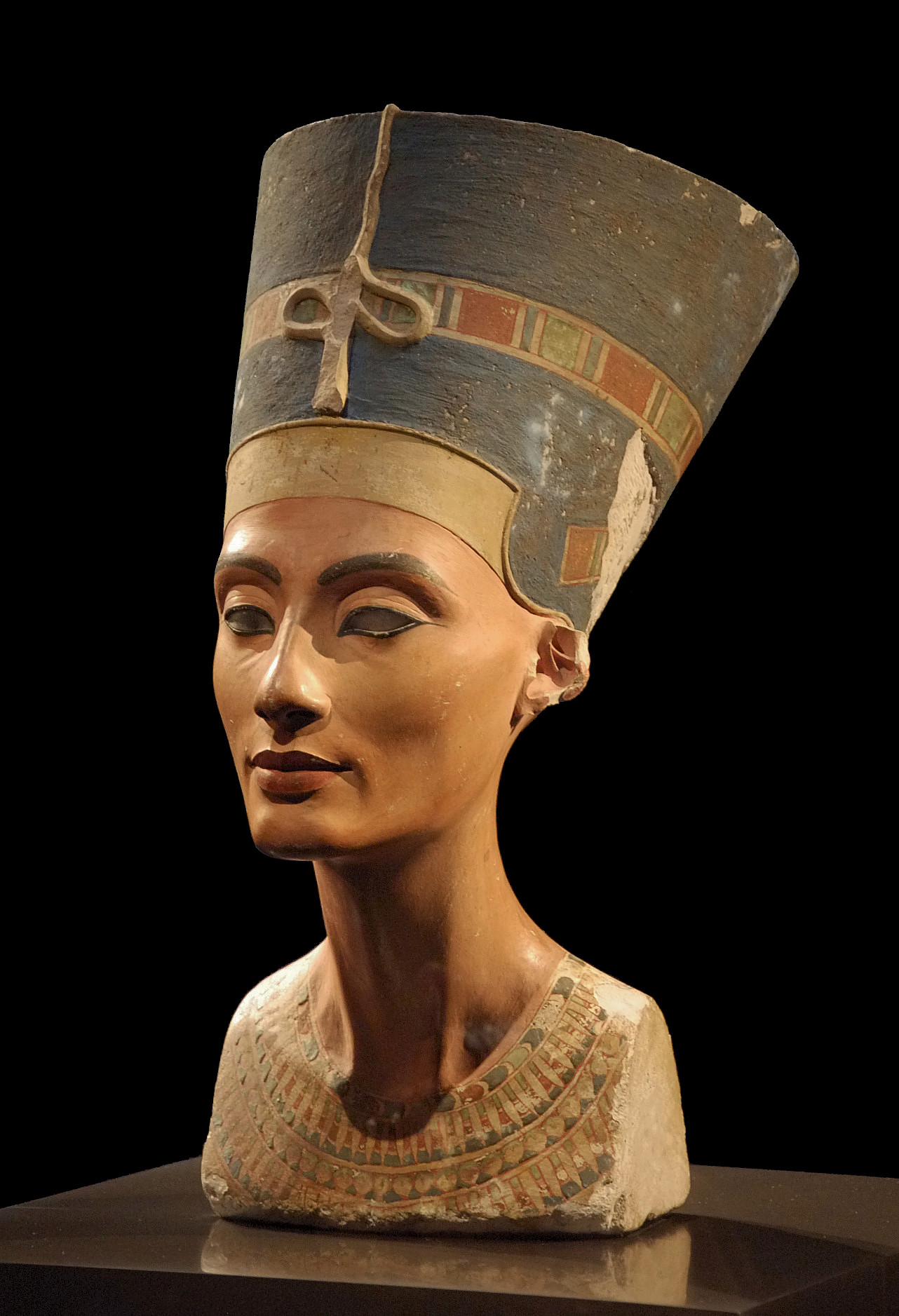What do great men like Benjamin Franklin, Teddy Roosevelt, and Winston Churchill have in common?
They all were proficient in Latin.
 |
| C.S Lewis |
 |
| Tom Hiddleston as Loki |
Tom Hiddleston (Actor Loki from Thor series; University of Cambridge a Degree in Classics)
Daniel Levin (Author of The Last Ember; BA in Greek and Roman Civ from U Michigan)
C.S. Lewis (Author of the Chronicles of Narnia)
Norman Clyde (mountaineer; studied Classics at Geneva College)
 |
Pat Meehan (US Congressman/former NHL official; majored in Classics at Bowdoin)
Susan Greenfield/Baroness Greenfield (read Classics at Oxford prior to her neurosurgery career)
Martha Lane Fox (daughter of Robin Lane Fox; dotcom millionaire type; studied Ancient History)
Peter Weller (Robocop; MA in Roman and Renaissance Art from Syracuse)
J.K. Rowling (author of some famous series about a boy wizard; not sure if she completed a degree but did study Classics at Exeter)
Ruth Padel (British author/poet; studied Classics at Lady Margaret Hall Oxford)
Nick Owen (BBC Broadcaster; Classics degree from Leeds)
 |
| J.K Rowling |
Anthony James Leggett (Nobel Prize winner for Physics; initial degree was in Classics from Balliol/Oxford)
Martha Kearney (BBC Radio presenter; studied Classics at St Anne’s College, Oxford)
 |
| Chris Martin from Coldplay. |
William Cohen (former US Secretary of Defense; BA in Latin from Bowdoin)
James Baker (former US Secretary of State: BA in Classics from Princeton)
John Buchan (Scottish Novelist; Canadian Governor General; studied Classics at UGlasgow and Oxford)
Boris Johnson (Mayor of London; degree in Classics from Balliol)
Gough Whitlam (former Prime Minister of Australia; degree in Classics from USydney)
William Weld (former governor of Massachusetts; AB in Classics from Harvard College)
Teller (Penn’s silent sidekick; not sure if he has a degree from Amherst College but he did teach Latin at the high school level)
Oscar Wilde:Author, Playwright & Poet (The Picture of Dorian Gray and many other novels, plays andpoems) – Studied at Dublin and Oxford
Thomas Jefferson:3rd President of the United States and author of the Declaration of Independence
Mark Zuckerberg: Creator of Facebook – Latin and Ancient Greek in High school
Karl Marx: Philosopher and socialist – Classics Ph. D
 |
| Stephen Fry |
Friedrich Nietzsche: Philosopher – Professor at the University of Basel
Toni Morrison:Author and winner of the Noble Peace Price (Literature)
Robert Griffin III (Studied Latin in Baylor University; Quarterback for NFL’s Washington Redskins)













 )
) )
) )
) )
)













